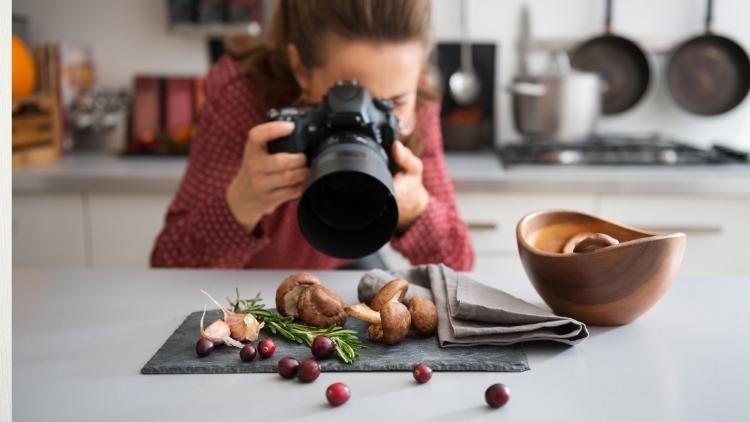
Learn How to do Food Photography in the Most Budget Friendly Manner & Become a Pro Food Photographer in the Quickest Way
What you will learn
How to shoot professional looking food shots
Learning about the different lighting techniques in food photography
Understanding the six elements that make up a food shot
Learning about the photography gear to be used in food photography
Learning about the camera settings to be used in food photography
Learning how to create DARK and MOODY food shots
Learning about the editing and post-processing techniques for food photography
Learning about the props/styling to be used in food photography
Learning about the surface/background/backdrop to be used in food photography
How to do food photography on a budget
Description
Do you want to learn how to food photography?
Do you want to become a professional food photographer and start charging potential clients/cafes/restaurants/hotels?
Then you’ve come to the right place!
I have created this food photography course in such a way that even if you are complete beginner, you will be able to easily understand and apply everything!
At the same time, it’s also perfect for intermediate level food photographers who really want to take their food photography skills to the next level!
The best and most unique part about this course is that we take a LEVEL BASED APPROACH!
That means we start from the basic LEVEL 1 shot and keep increasing the difficulty and professionalism of shots with each level.
This makes your learning very linear, easy and practical!
In this course we focus on the following six elements of food photography:
- Photography gear to be used
- Settings to be used in the camera
- Surface/Background/Backdrop to be used
- Props/Styling to be used
- Type of Lighting to be used
- Editing and Post-Processing of the food shot
With each level, we will increase the difficulty of these six elements and that will mean we see our food shot getting more and more professional as we add more things.
Let’s briefly go through these six elements:
Photography gear
In this course we will be mainly focusing on using DSLR or Mirrorless cameras but this course CAN also be followed using phone cameras. We will also be using other shooting gear like prime lenses, tripods, etc.
Settings
Once we start moving up the levels, our main focus will be on using the manual mode of the camera. We will be focusing a lot of the three settings of the exposure triangle – Aperture, Shutter Speed and ISO and seeing how to get the best combination of these three settings to get the best food shot.
Surface/Background/Backdrop
We will be using different types of surfaces/backgrounds/backdrops as we move up the levels. You will be pleasantly surprised to see how cheap it is to get your hands on “professional” looking surfaces and backgrounds.
Props/Styling
As we move up the levels we will start to incorporate more advanced props and styling to our food shot which will make it look more professional.
Type of lighting
This is a very important part of this course because lighting is perhaps the most important of the six elements of food photography. We will be learning how to manipulate the lighting using various techniques which will ultimately enable us to get those DARK/MOODY looking food shots that we see on the internet.
Editing and Post-Processing
No food shot is complete without editing. And as we move up the levels we will start going from basic to advanced editing. The best part is that wherever possible, only free editing software will be used. We will learn all the techniques professional food photographers apply to their shots like selective adjustments, faded look, exposure correction and so much more.
You will also be getting your hands on a document which will contain all the food photography equipment and accessories shown in this course so you don’t have to research anything on your own.
The best part about this course is that everything that is shown is either very cheap or in most cases can even be made at home with some hacks (DIY stuff).
Food photography is truly a skill that once mastered can easily be used to make an earning since it’s a skill that is always in demand because food industry is one industry which will always keep growing.
A side advantage of learning food photography is that you can apply most of the things to product photography too.
So you learn two genres of photography in one go.
Who am I?
I’m Kush Sharma, a professional photography and videography instructor and I have taught over 45000 students form over 160 countries. I have been teaching photography since 2013.
So if you like the sound of all this, then don’t wait any longer. Sign up right now and we’ll get started straight away! 🙂
Content